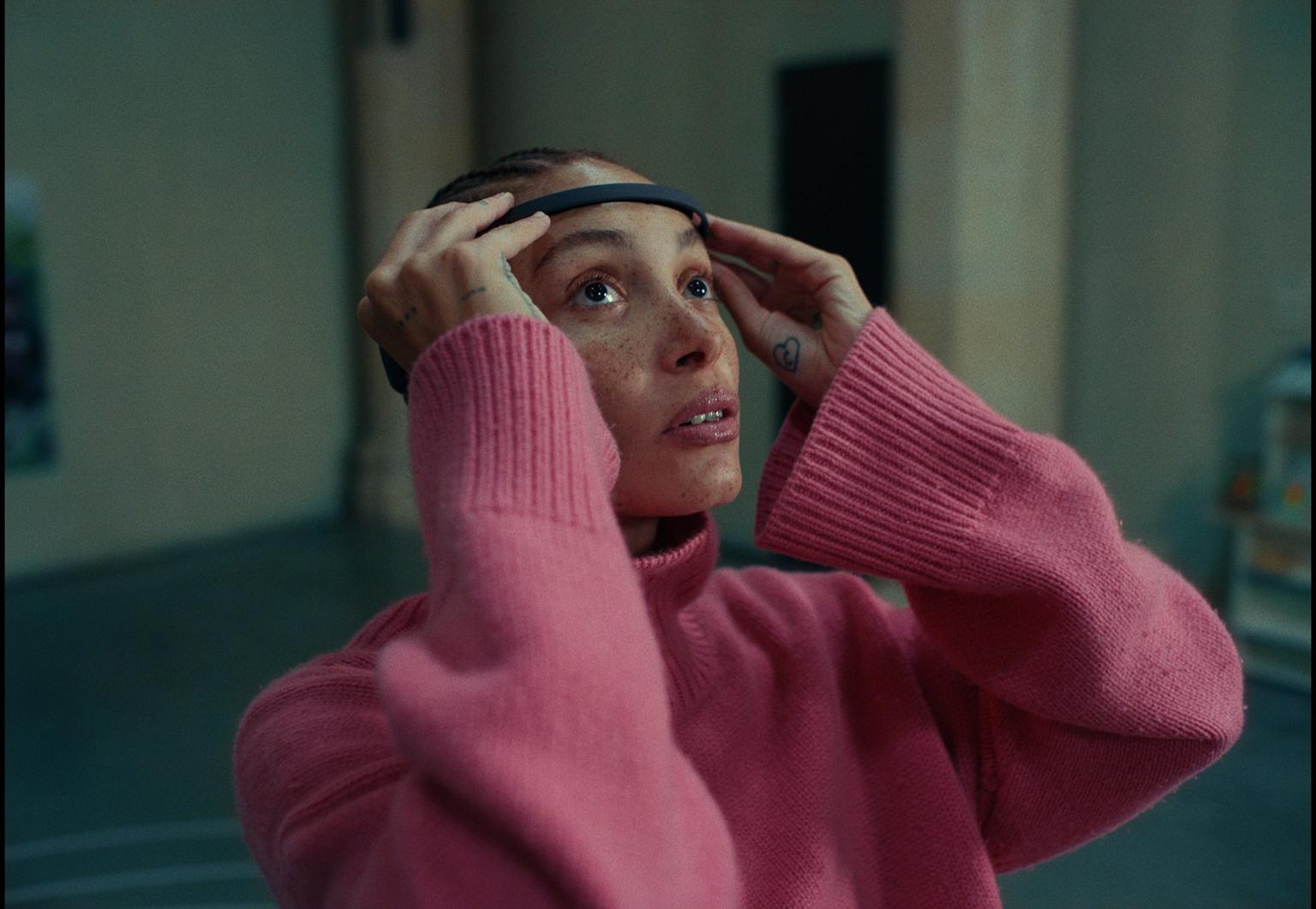New initiative by Art Fund shows what art does to your brain

A new project by Art Fund shows the impact of art on human brainwaves and visualises the results in real-time and in 3D for the public, for the first time.
The technology was trialled by members of the public for the first time this week at the Courtauld Gallery in London. Those taking part viewed works in the gallery's stunning collection, including by Vincent Van Gogh, Claude Monet and Paul Cézanne, while connected to an electroencephalogram (EEG) monitor. The outputs of the brainwaves were visualised in real time on-screen in 3D. The technology is set to tour select museums across the UK in 2024.
The project was commissioned to illustrate the impact art can have on people's brains and emotions, and we hope this will help encourage people to visit more museums and galleries. New research commissioned to accompany the project found that whilst 95% of UK adults agree that visiting museums and galleries is beneficial, four in ten (40%) visit less than once a year, while around one in six (16%) believe that art has no impact on them at all.
However, the technology demonstrates both the clear and immediate impact art can have on the human brain, and how varied artworks may impact differently. For example, Van Gogh’s Self Portrait with a Bandaged Ear (1882) creates a clearly different pattern of brainwaves to Leon Kossoff’s Shell Building Site (1962) and Matthew Arnold Bracy Smith’s Lilies in a Jar (1914).
Dr Ahmad Beyh, a neuroscientist and postdoctoral fellow at Rutgers University, said: 'We know that when a person views something that they find beautiful, for example, a face or an abstract art painting, their brain’s pleasure centres light up and its visual sensory centre is engaged more intensely. Studies suggest that this is accompanied by a release of dopamine, which is also known as the feel-good neurotransmitter.'
The system for displaying the brainwaves has been created by special effects company The Mill, in collaboration with interactive artist Seph Li, interpreting electric signals coming from the brain to create three-dimensional real-time visualisations of the brainwaves of people who are viewing works of art in museums.
Will Macneil, Creative Director, The Mill, explains: 'When a user is more alert, the ribbons become wider, or when they are trying to make sense of something confusing the ribbons start to spiral and weave. When the viewer sees something they recognise, bright highlights appear.'
Art Fund Director, Jenny Waldman, said: 'At Art Fund we want to encourage everyone to share in great art and culture. By visualising the way engaging with amazing art and objects can truly impact us, we hope we will inspire more people to explore museums and galleries on their doorstep.'
Getting a National Art Pass is a great way to see more art, giving holders free entry to hundreds of museums, galleries and historic houses across the UK, as well as 50% off major exhibitions and discounts in museum shops and cafes.
Details of the museums the project will be visiting in 2024 will be released next year.
With thanks to the Courtauld Gallery, the Science Museum, South London Gallery, Garden Museum and Young V&A.
This project builds upon research conducted at Semir Zeki's Laboratory at University College London, with support from The Wellcome Trust and the Leverhulme Trust.